Many businesses and organizations today are navigating futures filled with uncertainty and mounting demands. Some need to reinvent themselves entirely, while others must transform into something completely new to remain relevant. Amid this rapid change, some argue that strategic planning and visioning are relics of the past—no longer feasible in markets that move too quickly to entertain a 3- to 5-year plan.
I tend to disagree with that sentiment.
Strategic planning and visioning remain vital tools for charting a path forward, even in fast-paced environments. In fact, these tools become even more critical during times of upheaval.
They provide an opportunity for leaders to pause, lift their heads above the day-to-day grind, and focus on long-term goals rather than just immediate fires. Despite the speed of change, certain foundational elements remain timeless for great organizations and communities: leadership, operations, customer/member focus, product quality, communication and branding, financial growth, and innovation. These pillars serve as reliable anchors for building a strategic vision.
The Challenge of Strategic Planning
One of the biggest challenges with strategic planning is that many people don’t know how to approach it—or they do it incorrectly. The anxiety of solving immediate problems often traps leaders in a "fix it now" mindset. Instead of asking thoughtful questions, discussions often devolve into personal opinions about ideas or tactical debates about feasibility. Before long, brainstorming becomes an evaluative process that bogs down in the details and rejects new ideas before they’re fully explored.
To avoid this pitfall, it’s helpful to view planning at three distinct levels: tactical, operational, and strategic.
Tactical Planning (1,000-ft View): The “to-do” list that keeps the organization running day-to-day.
Operational Planning (10,000-ft View): Setting measurable goals and deliverables for the coming year.
Strategic Planning (100,000-ft View): Looking beyond the horizon to forecast the future and map out a 3- to 5-year plan—or even a decade-long vision.
The Parable of the Bricklayers
Consider the well-known parable of the bricklayers. When asked what they’re doing, the first bricklayer says, “I’m laying bricks.” The second replies, “I’m building a church.” The third declares, “I’m building the house of God.”
This story illustrates the difference between tactical, operational, and strategic thinking. The first bricklayer is focused on immediate tasks. The second has measurable goals. The third, however, has a strategic vision that gives purpose and meaning to the work.
Why Strategic Visioning Matters
While it’s tempting to dive into tactical or operational fixes, strategic visioning requires patience and discipline. Here’s how to focus on the bigger picture:
Clearly define the opportunity: What are we trying to achieve or maximize?
Ask the right questions: Spend time gathering data and insights to guide your direction.
Set a measurable goal: Define a clear vision for where you want to go.
Assess the gap: Understand the distance between where you are now and where you need to be.
Evaluate feasibility: Use the five lenses—service, quality, cost, growth, and people—to determine whether closing the gap is realistic.
Without these steps, strategic planning becomes mere daydreaming, where ideas are evaluated as "good" or "bad" without a solid plan to achieve them. The focus shifts to to-do lists rather than the organization's future.
Staying at the Strategic Level
Many boards and leadership teams struggle to stay at a strategic level during planning sessions, often slipping into tactical or operational thinking. To avoid this, consider these questions:
How can you, as a board or organization, stay focused on strategic-level planning?
What types of questions help keep discussions future-oriented and visionary?
What behavior norms can prevent meetings from devolving into opinions or tactical details?
Sharpening the Axe
Abraham Lincoln famously said, “Give me six hours to chop down a tree, and I will spend the first four sharpening the axe.” Similarly, Albert Einstein observed, “If I only had one hour to save the world, I would spend fifty-five minutes thinking about the problem and five minutes on the solution.”
These quotes remind us that good planning requires intentional effort to remain in “vision mode” without rushing to action. Strategic visioning is about sharpening the axe—taking the time to think deeply and align on a shared vision before picking up the tools to execute.
By resisting the urge to dive into tasks prematurely, organizations can create thoughtful, effective strategic plans that guide them toward long-term success.


